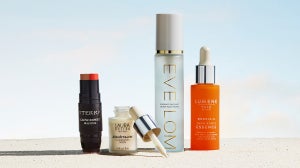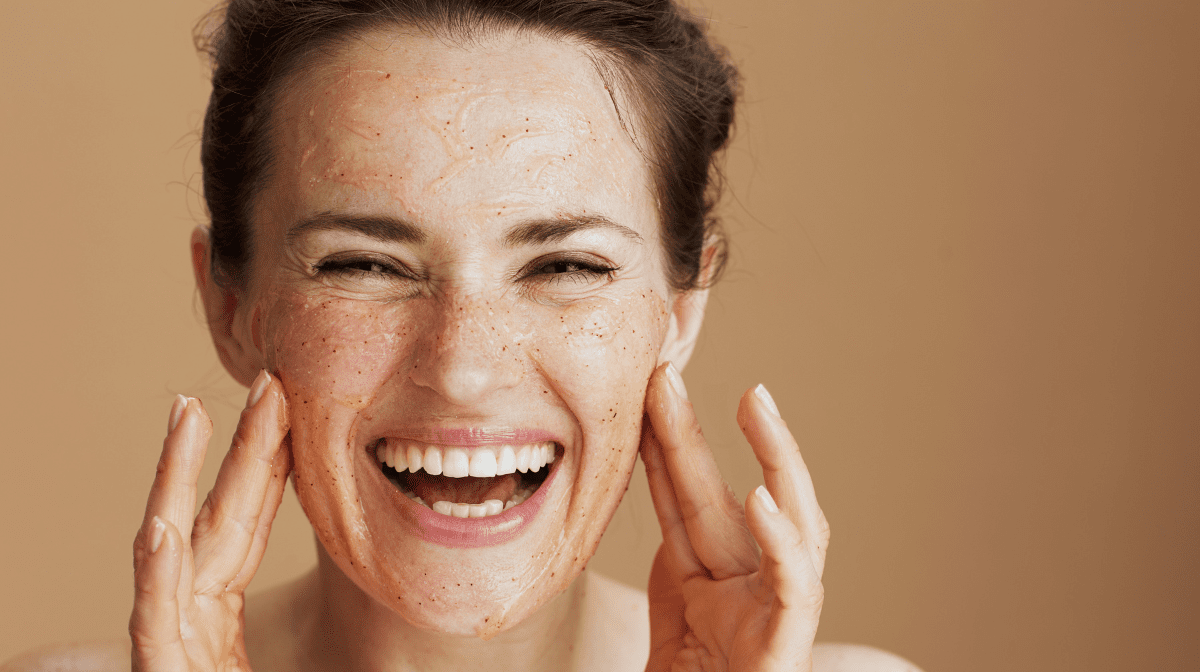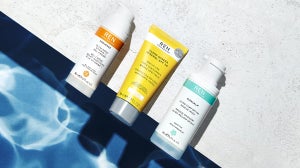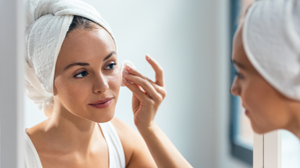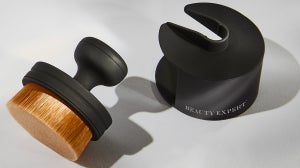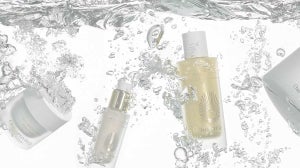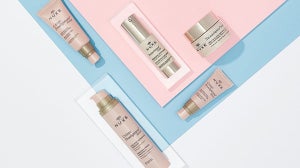Kerry Courtney
Skincare Specialist9 years ago

Exfoliation, it’s one of the most important steps in any skincare regime but how many of us are actually doing it correctly? Whatever your skin type, whether it’s dry, normal, oily or sensitive, exfoliation can do wonders for your overall complexion.
Exfoliating your skin regularly will help to remove the build-up of dry and dull skin by removing the dead skin cells from the surface of the epidermis.
As Resident Therapist explains, exfoliating our skin prevents the pores from becoming clogged. If these pores are clogged, it can also cause blackheads and acne so it’s really important to keep them clog-free.
Read on to find answers to some of the most common questions around exfoliation with Natasha Swindell.Exfoliation Q&A
- Q How often should I exfoliate?
- A How often you exfoliate really depends on your skin type. If you have dry skin, you should exfoliate with a gentle cleanser 3-4 times a week. Dryer skin can sometimes appear flaky and dull, indicting the need for more frequent exfoliation. Oily skin on the other hand should be exfoliated once to twice a week. The reason being is that exfoliating stimulates the production of sebum, which then encourages the sebaceous glands to work harder and make the skin oilier.
- Q Why do I need to exfoliate?
- A Exfoliation is a great way to remove the build up of dead skin. Every 6 weeks your skin goes through a cycle of shedding its top layer of skin called the epidermis. It is a slow and gradual process. Using an exfoliant gently encourages the dead skin to be removed, leaving a fresh and radiant layer of skin underneath.
- Q How should I apply my exfoliant?
- A Exfoliation should be done on freshly cleansed skin. Follow this simple routine:
- Apply a small amount of product onto damp skin starting at your chin then just below your cheekbones and onto the forehead.
- Starting at your chin, make small circles with your finger tips leading up to your cheeks. Be careful not to exfoliate your cheeks too much as the skin becomes particularly sensitive around the eye area.
- From the cheeks, move over to your nose exfoliating one side at a time keeping them to gentle circular movements.
- From the nose, move up to the forehead exfoliating in a horizontal zigzag motion and finishing at the temples. Rinse off and finish with your toner.
- Q What are mechanical exfoliants?
- A A mechanical exfoliant is anything that contains a grain, a bead or anything else considered abrasive in a product. It uses the grain to slough dead skin off and remove it. Some mechanical exfoliants are considered more suitable for facial skincare than others such as hardened oil. Hardened oil is usually Jojoba oil that has been turned into tiny abrasive grains that eventually melt into the skin and adding the benefit of added nourishment. Mechanical exfoliants are considered more suitable for the face as they're less abrasive than salt or sugar but are more environmentally friendly than plastic micro beads too.
- Q What’s are enzyme exfoliants?
- A An enzyme exfoliant is usually derived from certain fruits usually pineapple or papaya. They are much more suitable for sensitive skin types as you don’t have to apply friction for the product to work. You're also much less likely to over exfoliate or sensitize the skin using enzymes as they eat away at dead skin cells, dissolving what they come into contact with and leaving the skin underneath radiant and cleansed.
- Q Are there any times when I should avoid exfoliating?
- A Exfoliation should be avoided if your skin is sensitized, has reacted to an allergen or is sunburnt. If you have acne prone skin, an enzyme exfoliant would be more suitable as friction wont be needed for the product to work. You should also wear sun protection after exfoliating, especially if you’re going straight into the sun, as this will help to protect the new vulnerable skin underneath.
Kerry Courtney
Skincare Specialist

A self-confessed skincare addict, I’m always on the search for new products to add to my collection! I believe there’s nothing quite as flattering as when your skin heralds a certain luminescence. I’ve recently qualified as a Beauty Therapist, so when I’m not writing about all things beauty, I love nothing more than pampering my friends & family!
Related Articles
